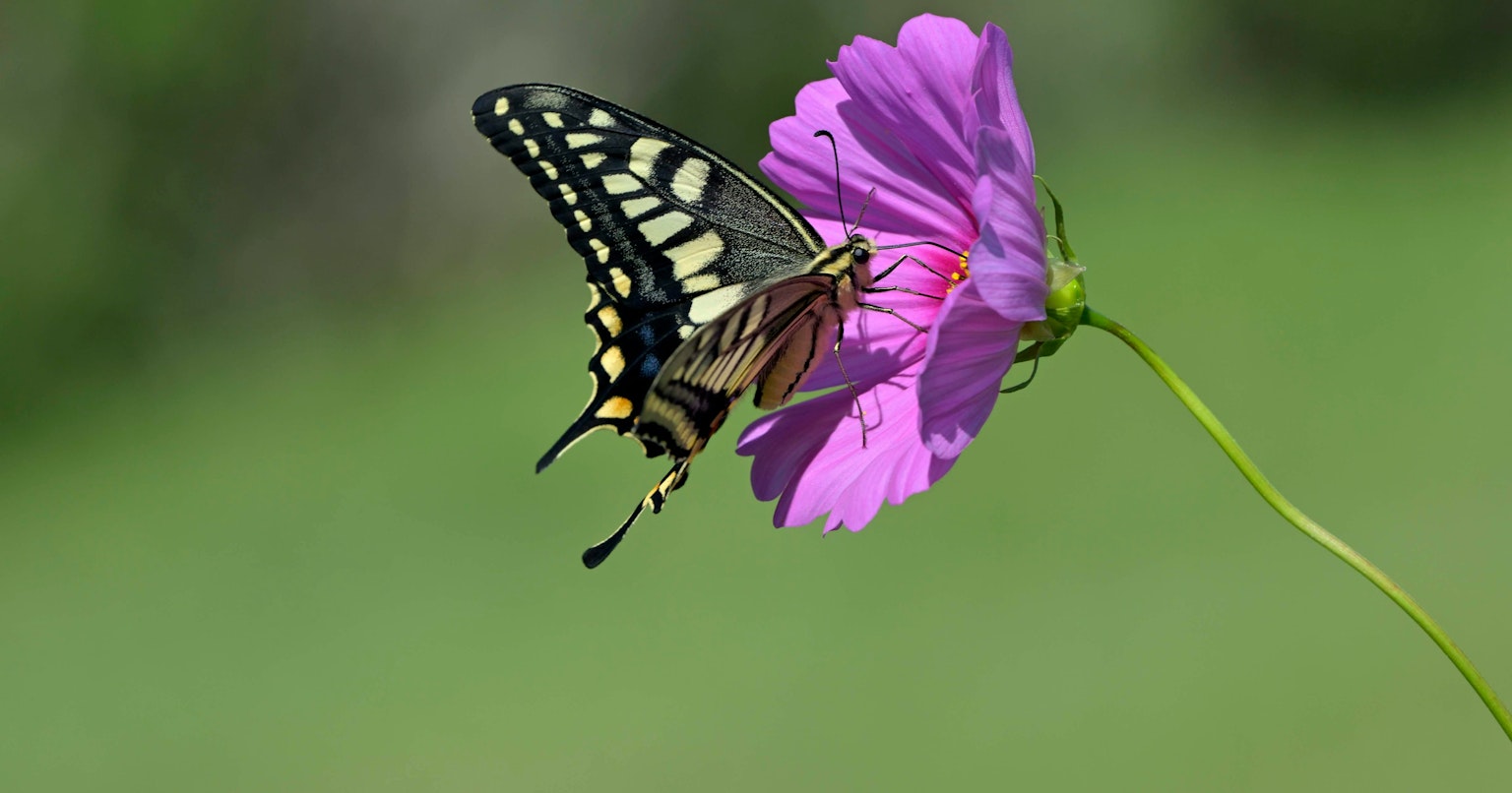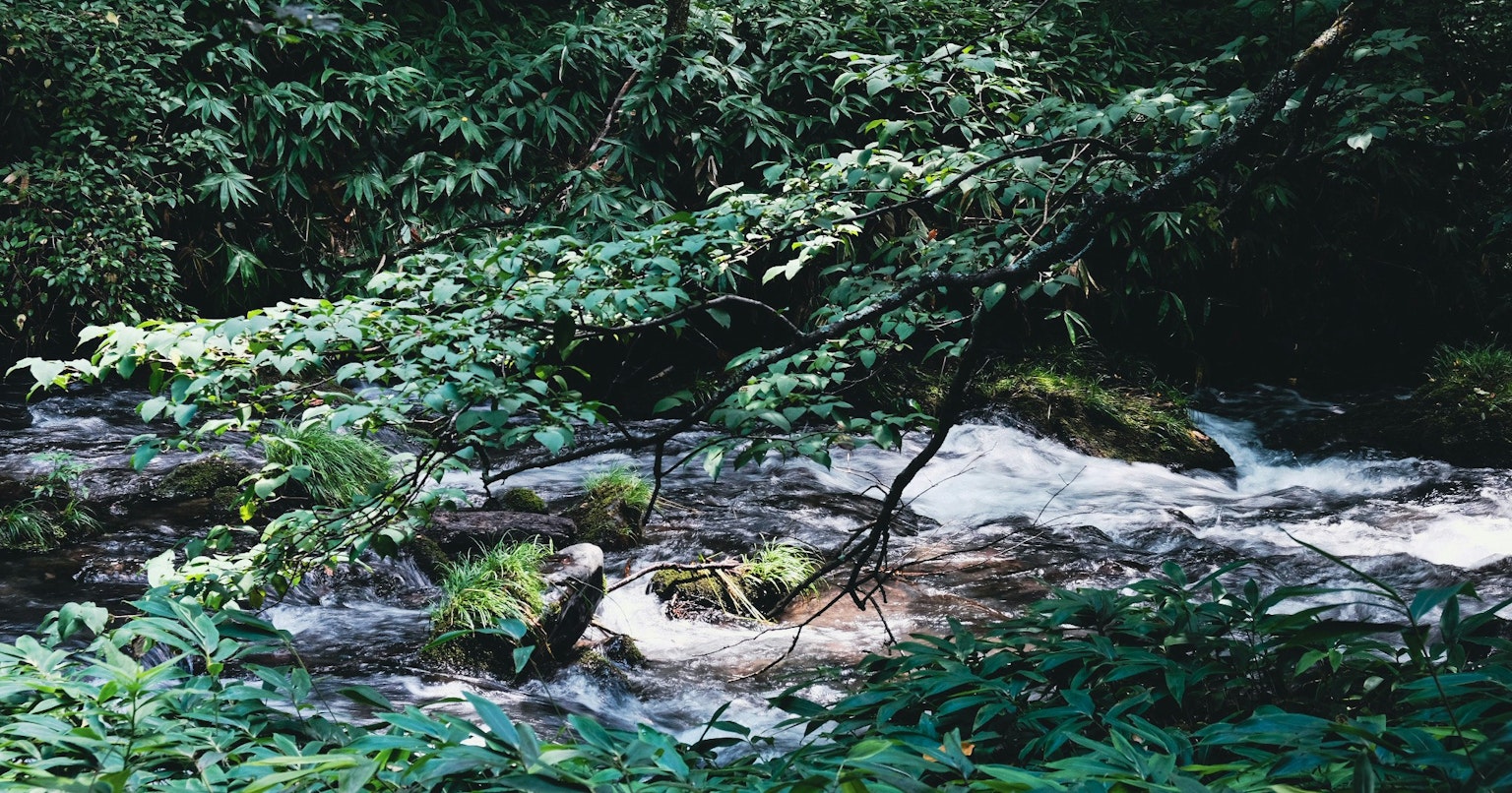“Painting with Light, Narrating with Shadows” - The Essence and Creative Techniques of Black-and-White Photography | Focus #520
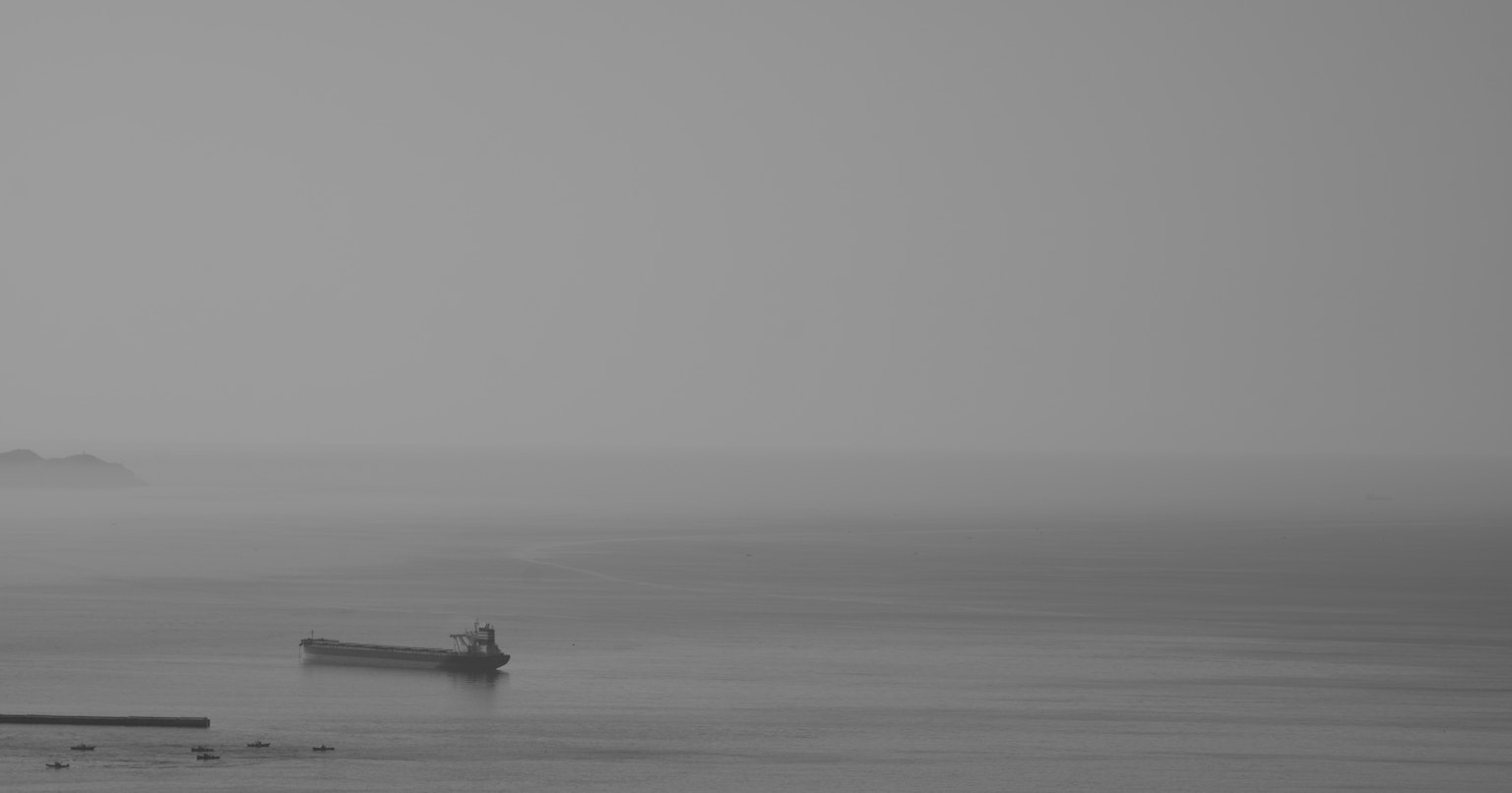
Cover photo by 凹と
Black-and-white photography is a method of expression that highlights the essence of the subject by removing color, thereby unleashing imagination. From its inception in the 19th century to the modern digital era, the interplay of light and shadow has always captivated people.
However, due to its depth, black-and-white photography can sometimes appear “flat and dull.” This article provides methods to infuse life and drama into monochrome photography, from composition and capturing light to development techniques.
Changing Your Perspective to “See” Light
In black-and-white photography, luminance (contrast between light and dark) takes center stage instead of color. While a blue sky and green meadow may look beautiful in color, they often appear as a gray mass in monochrome due to similar brightness levels.
When selecting subjects, focus on shape, shadow, and the direction of light.
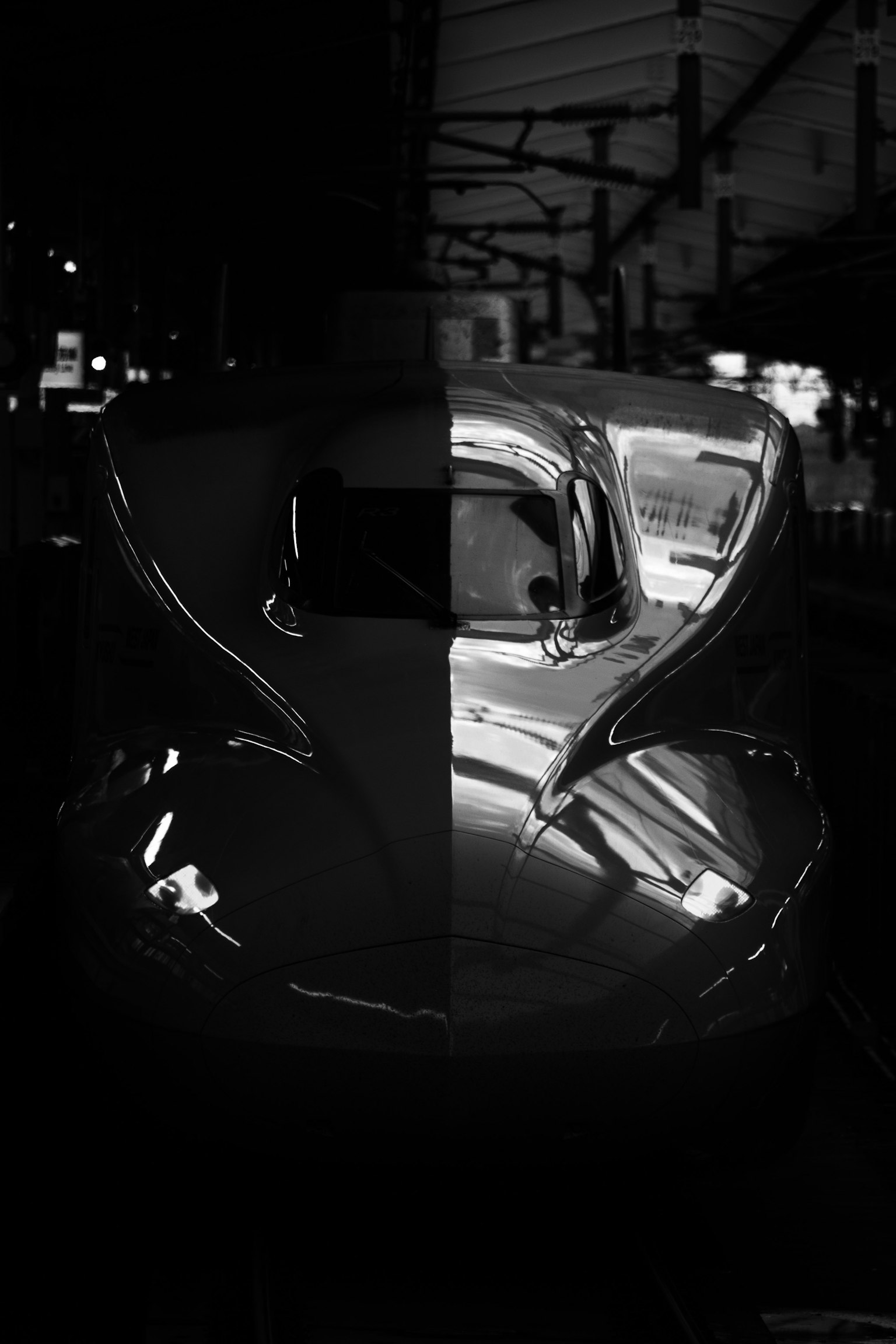
Photo by 底野 庵太
Using your camera’s monochrome preview function or the “squinting method,” where you narrow your eyes, can help you intuitively grasp the light and shadow in a scene.
Basic Techniques for Shooting and Development
Shooting in RAW format is essential. RAW allows for flexible adjustments to brightness and tonal range during post-processing, creating depth that cannot be achieved with JPEG. Avoid overexposure or underexposure, and ensure true whites, blacks, and rich gray tones.
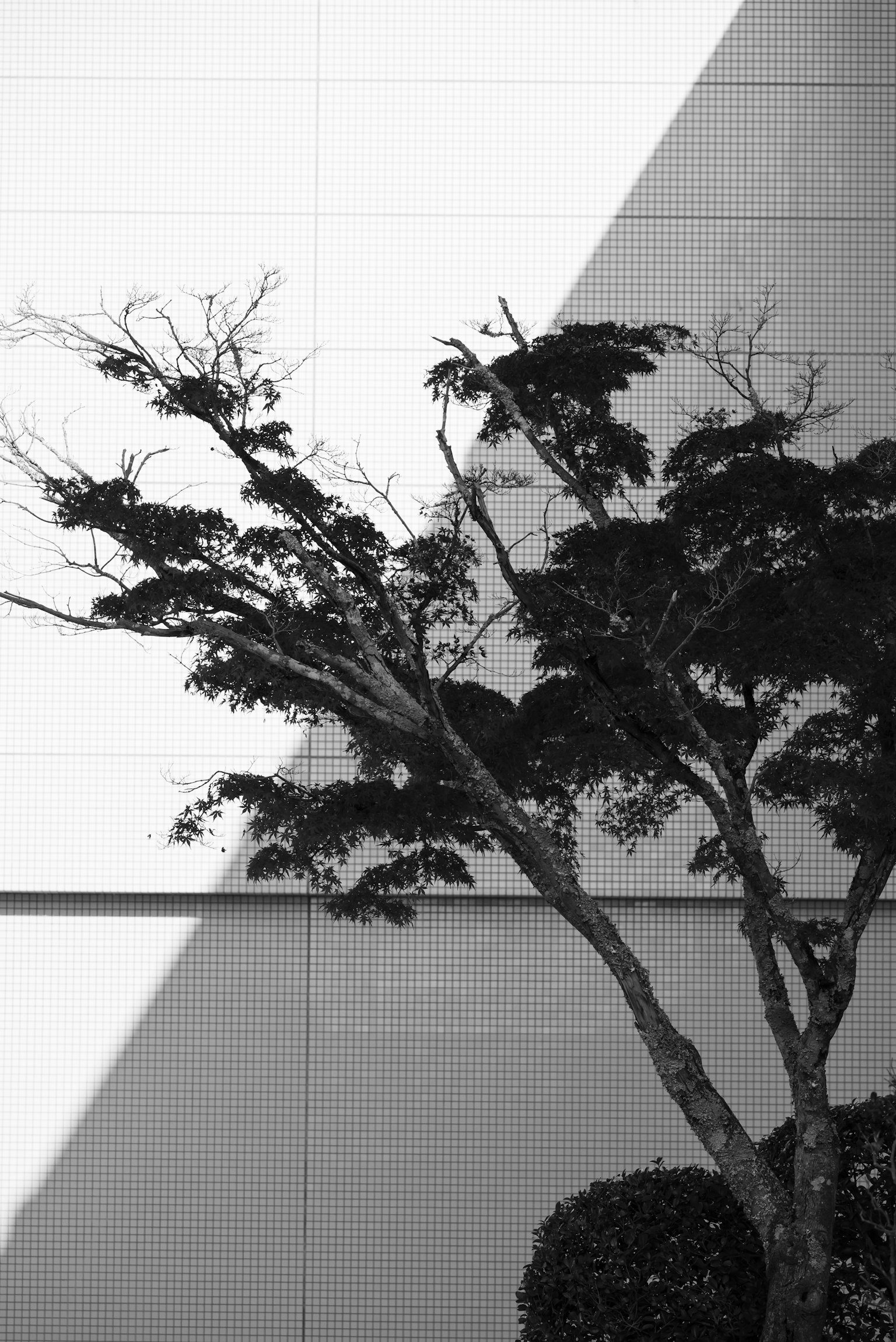
Photo by ボブミヤン
Additionally, do not overlook white balance during shooting. Differences in color temperature affect tonal gradation after conversion to monochrome. Exposure control, considering light sources and time of day, is the lifeline of your work.
Unleashing the Power of Monochrome in Editing
Monochrome conversion is not about “removing color” but “transforming color into light.” Use the B&W adjustment layer in editing software to fine-tune brightness for each color and balance tonal gradation.
Control contrast not just with sliders but with precise S-curves, and use filter effects to separate elements when needed. Noise is not an enemy but part of the texture—avoid excessive reduction that could diminish dimensionality.
